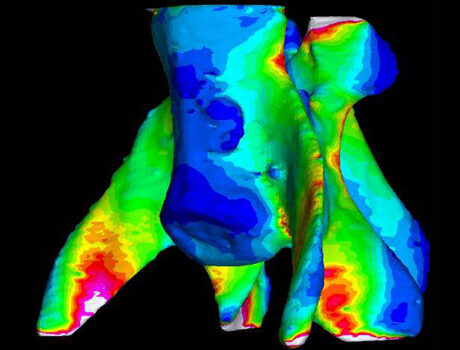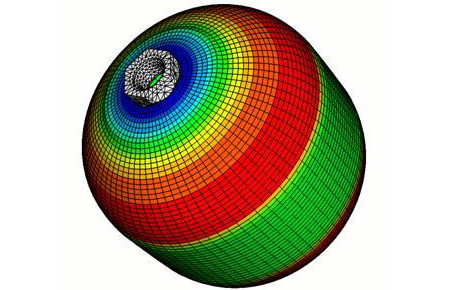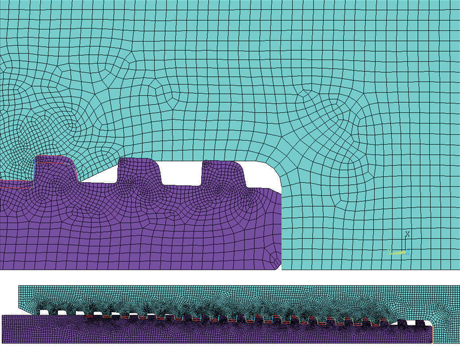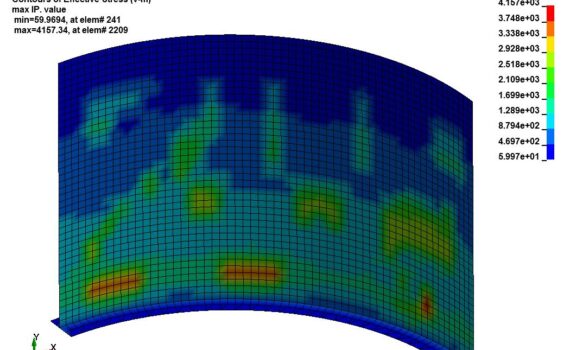Pound on a bone with enough force and it’ll break. Just where, though, depends on whether or not bone behaves like other structural materials. Researchers have long guessed it did—but they didn’t really know. Bone is famously strong stuff, surpassing reinforced concrete when it comes to withstanding compression forces.
Blog
Modeling how products, buildings, and structures hold up under everyday use involves solving intractable partial differential equations that calculate stresses under myriad loads. Using FEA is sometimes the only solution, but as always, the tool is only as good as the craftsman.
FEA is a digital way to test designs against predictable forces, to determine whether a design will fail and, if so, when and how the material will deform, snap, or collapse. As a central part of engineering analysis, FEA also helps ensure against risky under-design and costly over-design. Finite element analysis has migrated over the years from a purely academic pursuit into everyday product development.
Once commissioned tanks, pipes and pressure vessels begin to corrode. Periodic inspections identify degraded regions. Engineers then assess the reduced safety margins and determine if repairs are necessary. This process is known as a Fitness for Service (FFS) Assessment. Finite Element Analysis can be used to aid in FFS assessments by predicting stresses in complex geometry with large areas of wall thinning.
When I volunteered to judge the Finger lakes FIRST Robotics competition, I had no idea how much I was about to learn about business, and about how strongly teamwork correlates to success.
It's a battle as old as Finite Element Analysis. How do you achieve accurate results while balancing size and solve time of a FEA model? Simple models may solve quickly, but are the results accurate? And, complex models may provide very accurate results, but solve time could be hours or even days. In this blog we'll discuss Convergence & Mesh Independence and see how it relates to this age-old battle.
Finite Element Analysis (FEA) is a powerful tool for evaluating complex structural problems. Like all analytical software, bad results stem from bad input. We call it the "Garbage in, Garbage Out" principle of FEA. Sometimes, with perfect inputs, you can still get the wrong answer using FEA. There are a lot of ways that your finite element analysis can take a wrong turn. So how do you know if your results are correct? The answer is validation and verification (V&V). This week we'll apply V&V to a simple beam bending problem.
Pressure testing ensures that tanks, vessels and piping systems, are correctly constructed. Testing ensures the integrity of flanged joints and threaded connections. In this week's blog we'll provide an overview of: objectives of pressure testing, code requirements, types of tests and hazards.
FLEX compliance can be a challenging inspection for your site. The NRC will typically send a few inspectors, and the inspection will last the better part of a week. During that time, the NRC is going to inspect by asking questions about your FLEX strategy
The amount of time and effort that goes into making sure that nuclear plants safe is incredible. In the early 80s, Sandia National Labs (SNL) and Argonne National Labs (ANL) started a testing program for testing Reactor Containments. The pinnacle of the series of tests was the 1/4 scale model of a typical PWR Containment














